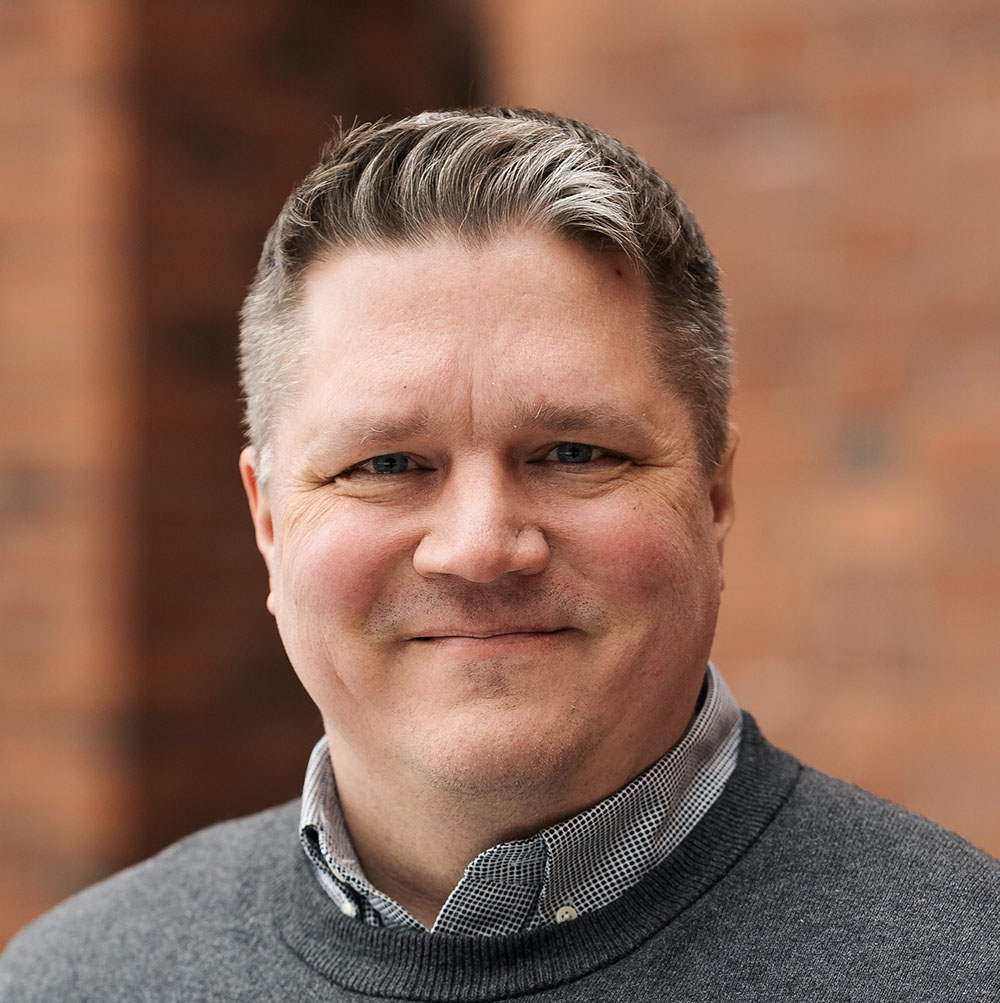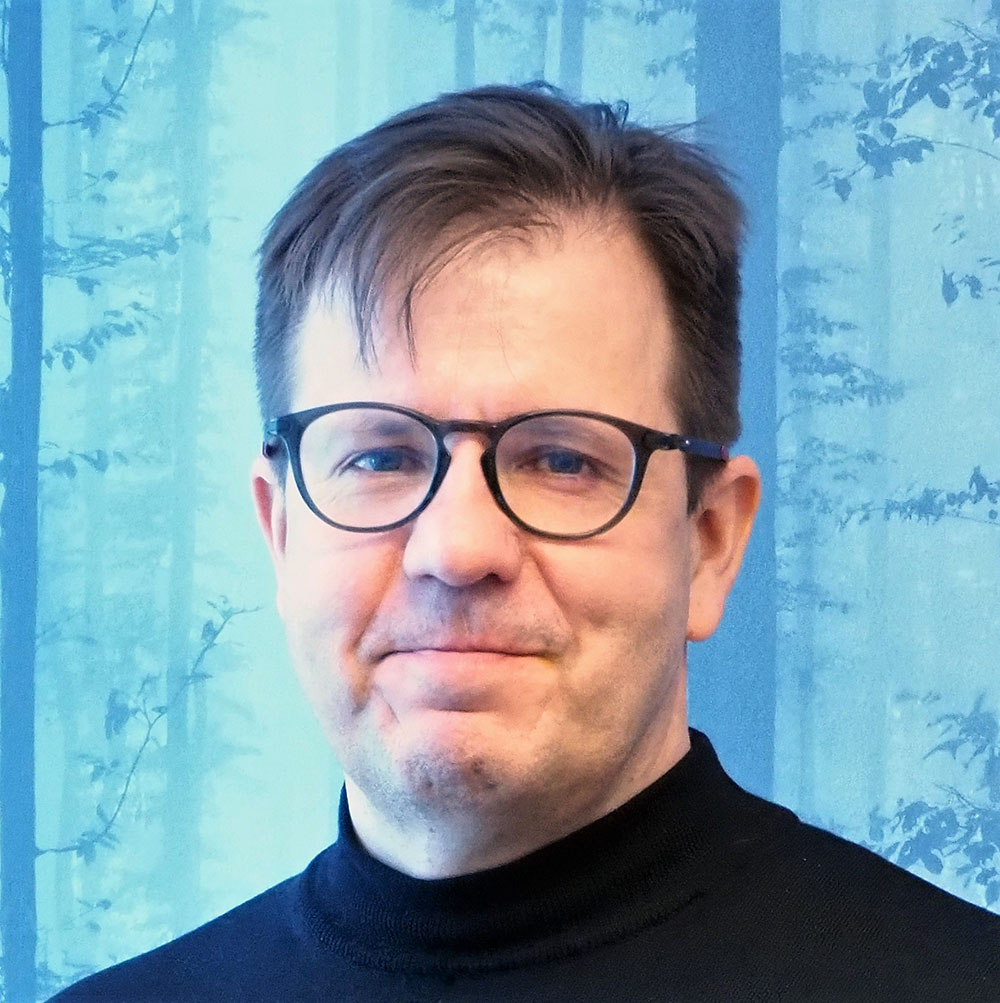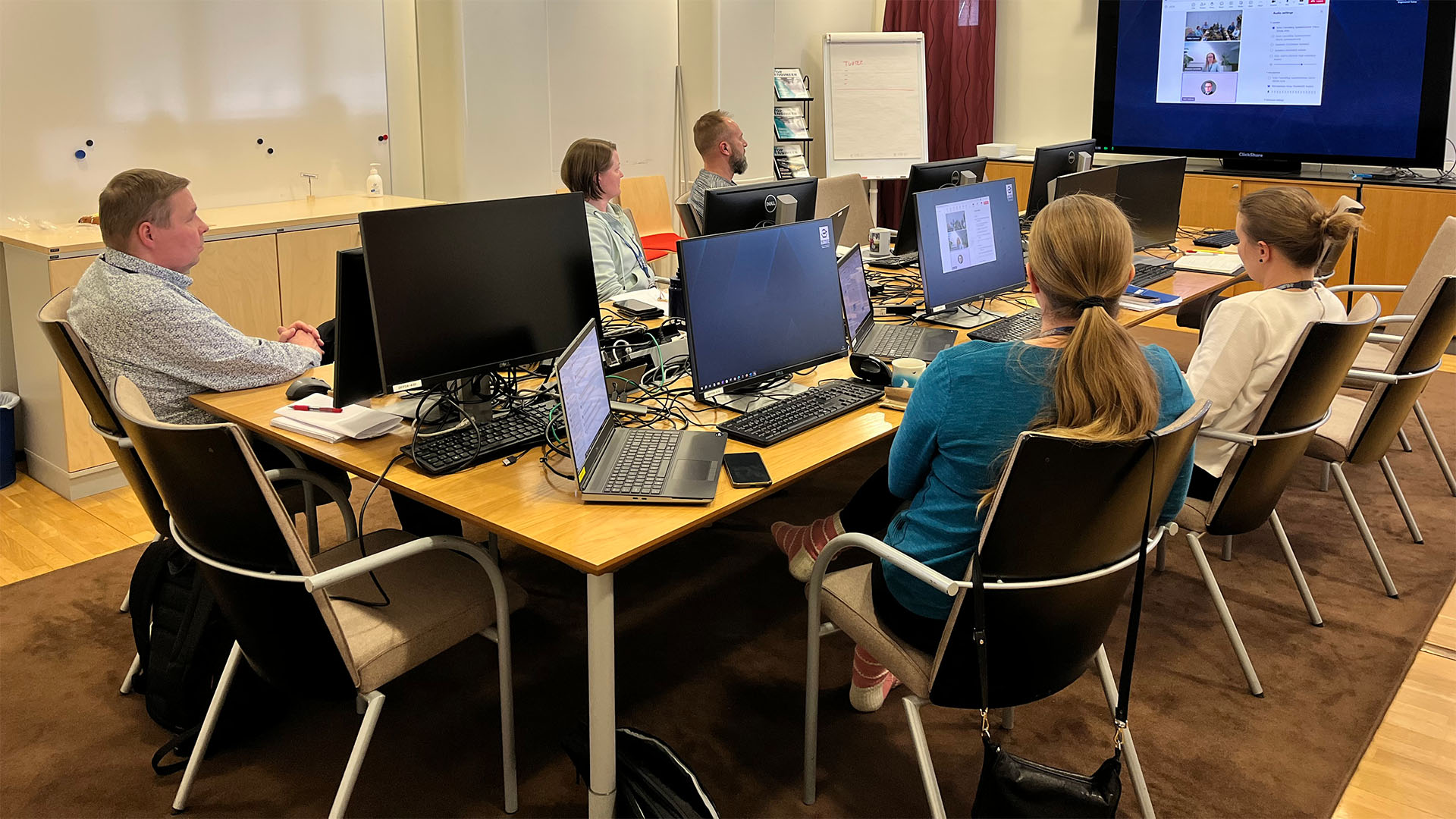Elomatic and JAMK are training engineers for future needs through systematic cooperation
Estimated reading time: 7 minutes
The goal of the collaboration between Elomatic and JAMK University of Applied Sciences is to support engineering students from the beginning to the end of their studies, to familiarize them with working life, and to help Elomatic meet its staffing needs by recruiting newly graduated, skilled engineers. The systematic model integrates internships, theses, and training programs, while also opening concrete career pathways for young people.
Elomatic and JAMK University of Applied Sciences started their cooperation in 2022. According to Elomatic’s Petteri Immonen, Manager of Energy Consulting, and Sami Kantanen, Director of JAMK’s Institute of Renewing Industry, the success of the collaboration relies on openness between partners, management support, and a shared will to move forward.
In this article, Immonen and Kantanen explain how a company and an educational institution can build, develop, and sustain their cooperation.

Petteri Immonen
Manager of Energy Consulting, Elomatic

Sami Kantanen
Director of JAMK’s Institute of Renewing Industry
What is the starting point of the collaboration between Elomatic and JAMK?
Immonen: At Elomatic, we want to ensure access to good employees. Through this collaboration, we can guide and support students already at the early stages of their studies. At the same time, we stay up to date with new knowledge coming from research and projects.
Kantanen: At JAMK, we want to help students enter working life. Previously, internships and theses were handled as one-off cases, but a few years ago we adopted a more systematic approach: we created an annual calendar that includes internship and thesis opportunities, as well as training for Elomatic’s staff to develop their skills.
The annual calendar ensures that the cooperation is well planned, and nothing gets left until the last minute.
What kind of concrete practices are part of the collaboration?
Immonen: Twice a year, we have broader meetings to review progress and decide what to do next. In addition, smaller groups address the specific needs of different fields, such as energy process engineering, electrical engineering, and mechanical design. Our collaboration also includes training. For example, JAMK has organized courses for us on circular economy and conversion training packages. Our own experts, in turn, give lectures and share career stories with students.
Kantanen: The annual calendar ensures that the cooperation is well planned, and nothing gets left until the last minute. One important element is that Elomatic introduces itself to students. This way, the company becomes more familiar to young people who otherwise might not know anything about it. Visibility is essential for a company to attract future talent.
What has made the collaboration between Elomatic and JAMK particularly successful?
Immonen: Perhaps the most important factor is the mutual drive to get things done and the fact that both sides have their own interests but also share a common benefit. That has created a joint will that pushes us forward.
Kantanen: I would say openness and a shared vision for the future. When the company communicates its needs, we can respond to them. Nothing is made up – it is based on real needs. Both sides benefit.
How have students experienced the collaboration between Elomatic and JAMK?
Immonen: For example, the career stories of Elomatic employees have received positive feedback from students. They have given students a more concrete picture of what working life can be like.
Kantanen: Students respond very well to company-driven content. They find it motivating and see where theory is needed. They also get a feel for workplace rules, such as deadlines and communication – things that are difficult to teach purely in the classroom.
How is Elomatic’s management support reflected in the collaboration?
Immonen: Elomatic’s strategy explicitly states that we want to be innovative and develop our operations systematically. This collaboration is part of that. We also discuss partnerships with different schools together with HR to ensure visibility in the right places.
Kantanen: For us at JAMK, Elomatic’s management support is visible in a very practical way: Elomatic’s staff spend time on planning and training. If management didn’t consider this important, the company would hardly invest so deeply in the collaboration.
Have there been any challenges in the collaboration?
Immonen: One situation was when we suddenly needed training on a tight schedule. The solution was improvised: JAMK suggested what they could offer, and we considered what we could contribute. In the end, we created a joint project that turned out very well.
Kantanen: The main challenges have come from economic cycles. When the economy slowed down, Elomatic couldn’t offer as many internships as we had originally hoped. Thanks to mutual trust, we got through it, and the collaboration wasn’t broken off. From the university side, I’d say we could be even more ambitious and look for new forms of collaboration.
How does the collaboration help the company attract new talent?
Immonen: Just being visible among students helps a lot. In Jyväskylä, we are well known, but elsewhere – like in Tampere – perhaps less so. By participating in student events, we can showcase our culture and explain why it is worth working for us.
What do future skills need look like?
Immonen: Issues related to the green transition are now at the forefront. The electrification of industry – for example, different electric heating solutions and heat pumps – creates demand for expertise in electrical engineering, energy processes, and mechanical design.
Kantanen: We need to anticipate future skills needs. One example is the new Machinery Regulation that will come into effect in 2027. We are already integrating the related knowledge into both teaching and training for Elomatic’s staff.


Circular economy training organized by JAMK for Elomatic employees
In the future, we could make even better use of students’ skills during their studies, for example through various projects.
What would be the ideal state of collaboration in 3–5 years?
Immonen: In the future, we could make even better use of students’ skills during their studies, for example through various projects. That way, up-to-date knowledge would reach the company more quickly.
Kantanen: Ideally, I’d envision a model where students alternate between school and the company, with the curriculum designed jointly. It would be somewhat like an apprenticeship at the higher education level. I would also hope that international students could be integrated more effectively, which is important as domestic age groups are shrinking.
What is the most important piece of advice for a company that would like to start similar cooperation?
Immonen: The first step is an initial discussion: go over your needs and see if there’s a service model that fits them.
Kantanen: Open dialogue and a shared operating model, like our annual calendar, bring rhythm and make cooperation long-term. For a company, this is one of the best and most cost-effective ways to recruit new talent, since internships and theses also serve as extended trial periods.

Reskilling program organized by JAMK for Elomatic employees
Want to know more? Check out these articles:
Visionary: Tom Lind
According to Tom, one of his main ambitions is to internationalize all sectors of Elomatic. The company’s sharpened focus will encompass various aspects of the green transition, aligning with the company’s commitment to designing solutions that increase the wellbeing of people and the environment.
Insight: What solutions are being developed in your field to improve employee safety?
Employee safety is a multifaceted issue – and our experts approach it from different perspectives. Miia Manninen notes that the circular economy brings new risks, especially in chemical and occupational safety. Safer, bio-based alternatives offer part of the solution. Marja Salenius-Ranki emphasizes the importance of psychosocial safety at work. Ville Ottelin highlights the role of digital solutions in reducing information overload. He also points out that minimizing unplanned shutdowns not only improves efficiency but reduces the time operators spend in hazardous areas.
Join the Newsletter!
Subscribe to the newsletter and receive the latest updates from Top Engineer magazine – featuring expert interviews, inspiring case studies, and actionable insights from our top professionals.
As a subscriber, you’ll enjoy:
- Innovative Ideas: Stay inspired by the latest breakthroughs and creative solutions in engineering.
- Sustainability Simplified: Discover practical strategies to accelerate the green transition.
- Cross-Industry Insights: Learn from success stories and best practices across the tech world.
Delivered six times a year, our newsletter is your key to staying informed, inspired, and ahead in the fast-evolving world of engineering.
Don’t miss out – sign up today!
